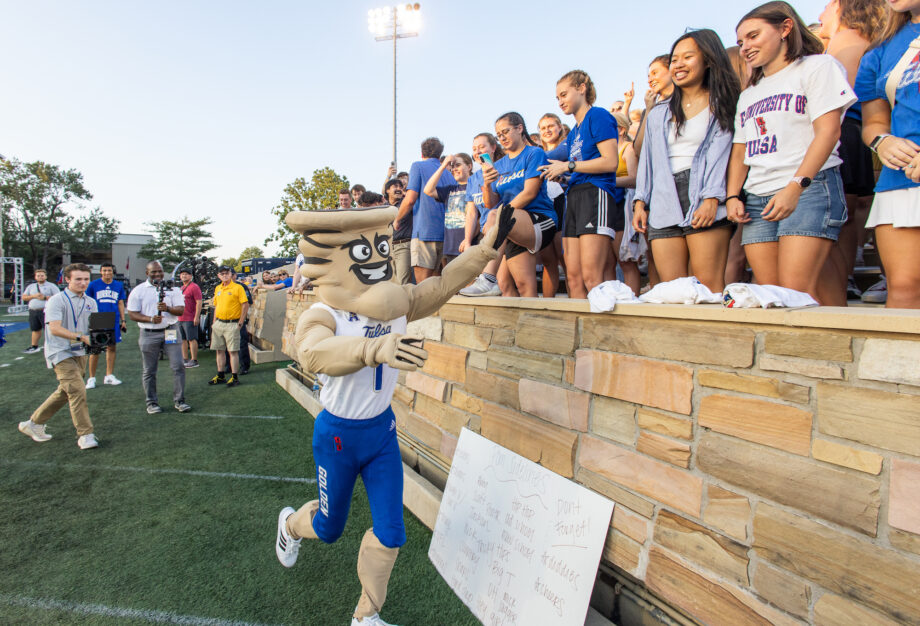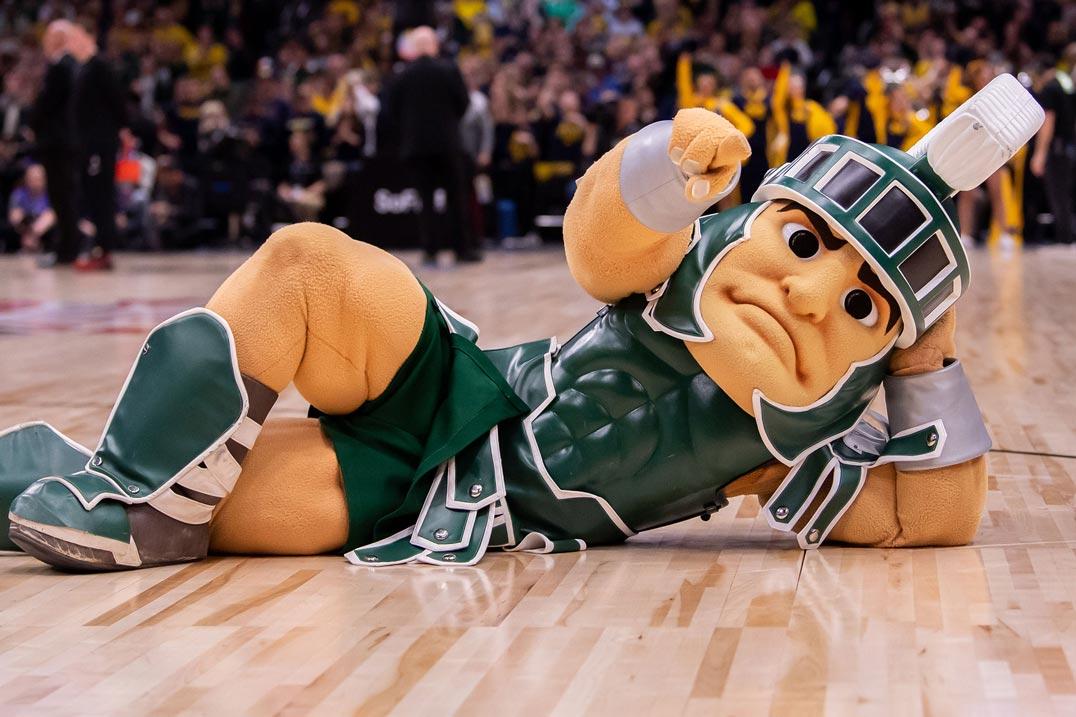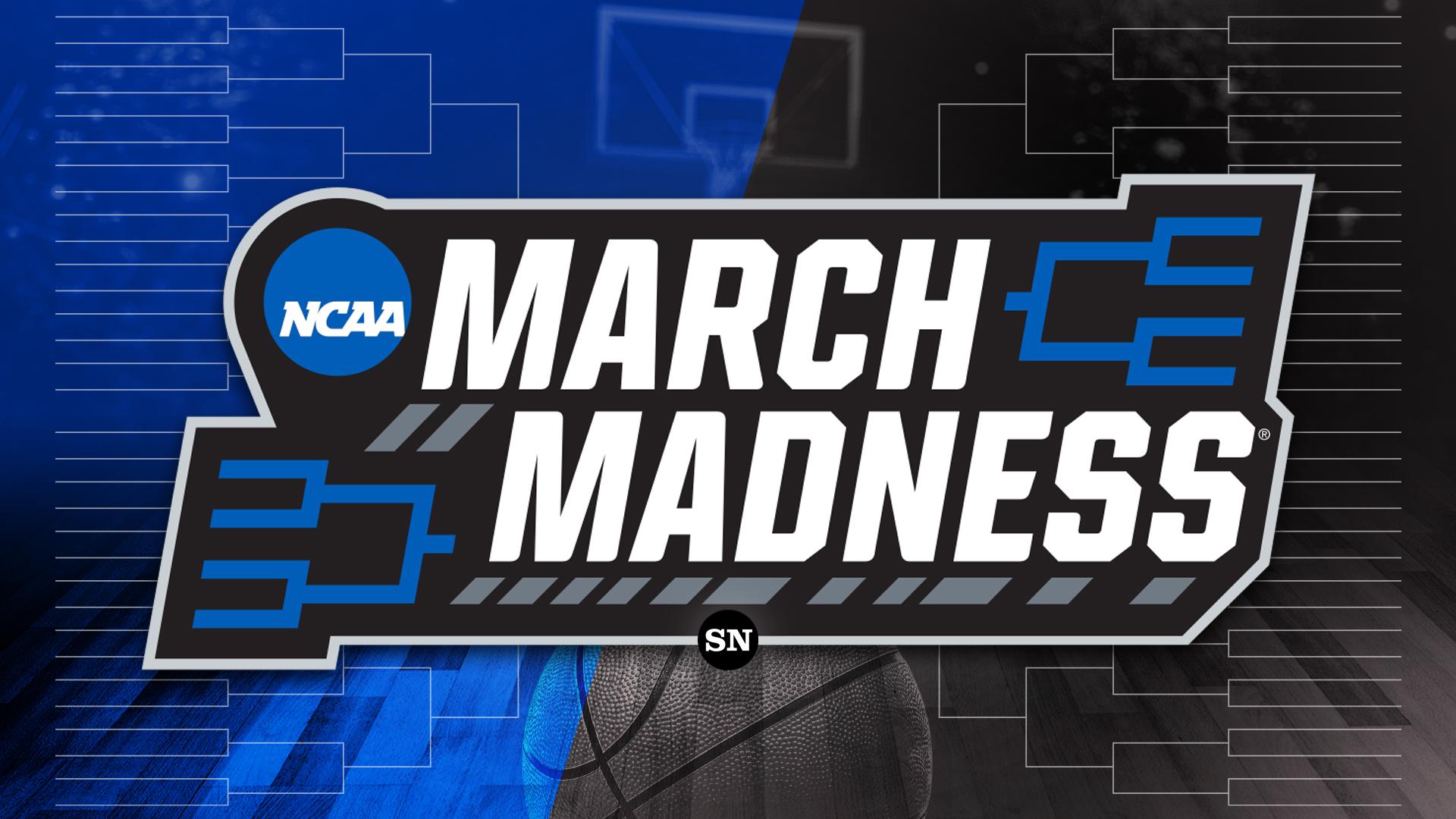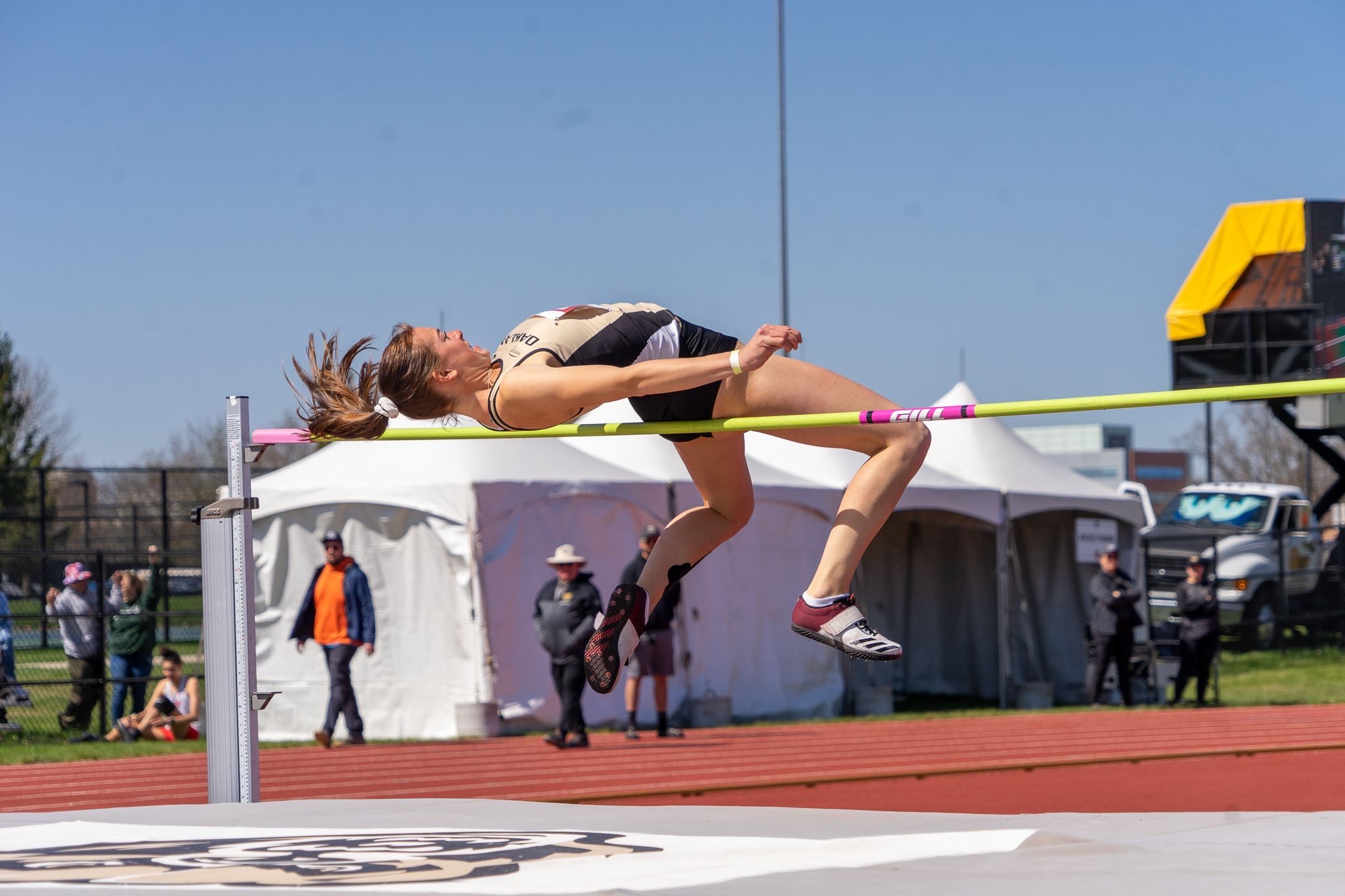All players and teams in America have their own rituals or symbols believed to bring luck. One of these things is a mascot. Nowadays, a mascot serves as a symbol for a team. College teams use mascots as funny, charismatic, scary, or even cute symbols, all to entertain the fans and bring luck to the team they represent. Typically, a mascot can be a person, animal, or object. In the sports world, mascots are commonly used for merchandising. For some time now, costumes have been made for them, and college teams have the option to choose them as their mascots. We’ve listed the best mascots in college sports for you:
University of Tennessee – Smokey
Smokey represents the University of Tennessee. The animal is a Bluetick Coonhound, an actual dog. Smokey X leads “the Vols” on the field for American football games. There is also a costumed mascot that appears at every game and has won several mascot championships. The Bluetick Coonhound won the contest for selection as the school’s mascot. During halftime of the Mississippi State game that season, several dogs lined up at Shields-Watkins Field to cast their votes. The commentator introduced each dog, and the students could cheer for their favorite.
Saint Joseph’s University – The Hawk
The Hawk is one of the most famous mascots in college sports. In 2014, The Hawk won “the best College Basketball Tradition” by NCAA.com. The idea originated in the 1954-55 season. Initially, there was a real hawk, but later it transitioned to a costume hawk. Since that first season, the hawk has only missed one men’s basketball game. The Hawk is unique because it is one of the few mascots in America that travels to every game. Furthermore, the student who holds the role receives a full scholarship. Awesome!
University of Tulsa – Gus T.
After the famous Captain Cane retired last year, there was an open position for the new mascot of the University of Tulsa. Students were allowed to vote, and ultimately, the choice fell on Gus T. What’s fun about Gus T. is that he is a freshman student, and when he was introduced last summer, he ran onto the field with the freshman team. The tradition in Tulsa, where the mascot runs onto the field during the opening game with the freshman team, is known as the “freshman storm.” But the fact that the mascot himself is now a freshman makes it even more special.

University of Texas – Bevo
Bevo is the living mascot of the University of Texas in Austin. Bevo is a Texas Longhorn steer. The profile of the head and the horns of the Longhorn give rise to the school’s hand symbol that says, “Hook ’em Horns.” The idea of using a living Longhorn as the university’s mascot was greatly appreciated by Stephen Pinckney. In 1916, Pinckney collected $124 in donations to purchase a steer in Texas, which they originally named “Bo” and shipped to Austin.
Syracuse University – Otto the Orange
Otto the Orange, known as the Syracuse Orange, is the mascot of Syracuse University. The Syracuse mascot was originally a Native American character called “The Saltine Warrior” (because Syracuse’s unofficial nickname is Salt City) and “Big Chief Bill Orange.” In the 1980s, a new university mascot for Syracuse emerged, described as “fresh,” and quickly became popular on campus. Otto undoubtedly supports our Syracuse athletes Kim Hansen and Sarah Sinck as well. In 2007, Otto the “cute orange” had a showdown with The Hokiebird. Check out the footage here!
University of Colorado – Ralphie the Buffalo
Ralphie the Buffalo is the mascot of the University of Colorado. People consider Ralphie to be one of the best live mascots in sports. It takes five Ralphie handlers to guide her across the field: two at the front to steer her around the field, two at the back to guide her, and one at the rear to control her speed. A tradition of the Ralphie Team is to have an extensive breakfast or lunch at a local restaurant before game events.
University of Oregon – The Duck
While the uniforms have changed, The Duck remains one of the most recognizable and endearing mascots in college sports. He is based on Disney’s Donald Duck character through a special licensing agreement. However, not everyone accepted the image of the cartoon mascot. Some people argue that the duck doesn’t have a “fighting look.” Nevertheless, the duck is a well-known and beloved mascot. Our tennis star Myah Petchey regularly sees the Duck in action during the Oregon Football games!
Michigan State University – Sparty
Sparty is the mascot of Michigan State University. Sparty is described as a muscular male Spartan warrior/athlete dressed in a Greek costume. After changing their name from “Aggies” to “Spartans” in 1925, it took some time before Sparty made an appearance. His first appearance was in 1955, and it was a Spartan papier-mâché. Sparty even received two statues. In the week leading up to the annual football game against the University of Michigan Wolverines, members of the band take turns guarding each statue against vandalism by fans of the rival school. This tradition is known as “Sparty Watch.”
Stanford University – The Tree
The Stanford Tree is the mascot of the Stanford Band and the unofficial mascot of Stanford University. The Tree is a member of the Leland Stanford Junior University Marching Band (LSJUMB) and appears at football games, basketball games, and other events where the band performs. The mascot election of 1975 had many choices, many of which referred to the founder of the school’s industry, the railroad magnate Leland Stanford.
Louisiana State University – Mike the Tiger
Op de eerste lesdag bij LSU in 2017 waren niet alleen de nieuwe studenten aanwezig. Die ochtend opende Dr. David Baker, de dierenarts van LSU, samen met de verzorgers de deur van het tijgerverblijf en verwelkomde Mike VII officieel op de campus. De tijger fungeert als het symbolische beeld van LSU-sporten. Traditioneel is de mascotte een levende Bengaalse tijger, hoewel de huidige mascotte en zijn twee directe voorgangers van gemengde rassen zijn. Zijn naam is ter ere van atletiektrainer “Chellis Mike Chambers” gegeven. Er gaan geruchten dat LSU voor elke brul van Mike een touchdown scoort op speeldagen. LSU heeft een driestappen pensioenplan voor hun tijger geïmplementeerd:
First phase: he no longer participates in pre-game events, such as the pre-game roar.
Second phase: he completely stops attending the matches.
Third phase: he withdraws to a different location.
Are you interested in seeing one of these mascots at the universities? Contact us for a scholarship, and we’d be happy to tell you more about it!








